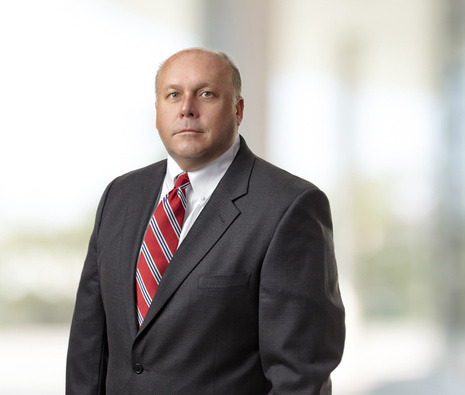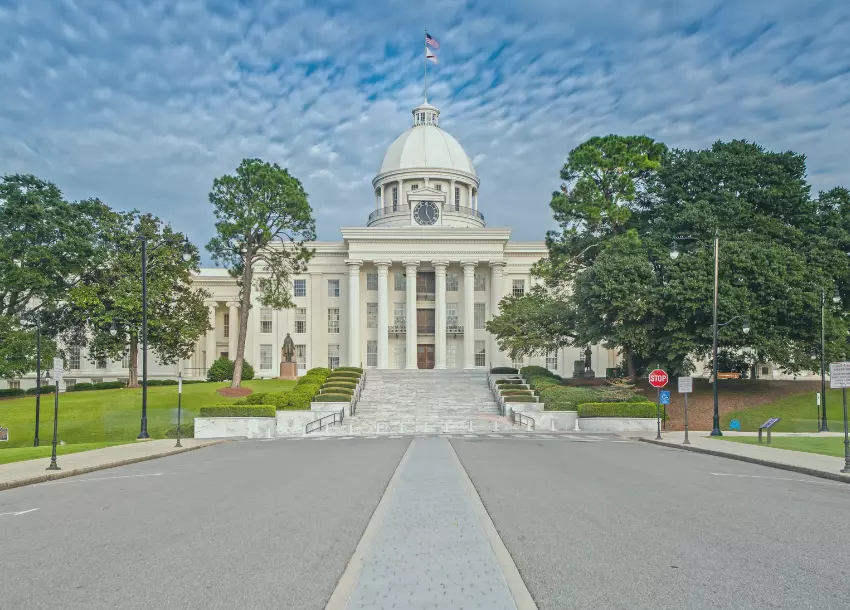Federal Court Strikes Down Qui Tam Provision of False Claims Act
On September 30, 2024, United States District Judge Kathryn Kimball Mizelle dismissed a non-intervened False Claims Act (“FCA”) case ruling that the qui tam provision, 31 U.S.C. § 3730(b)(1), unconstitutionally permits a private individual, referred to as a “relator,” to prosecute a case on behalf of the United States government. The decision in United States ex. rel. Clarissa Zafirov v. Florida Medical Associates, LLC, et al. in the Middle District of Florida follows a dissent authored last year by Justice Clarence Thomas where he articulated his view that “Congress cannot authorize a private relator to wield executive authority to represent the United States’ interests in civil litigation.” United States ex rel. Polansky v. Exec. Health Res., 599 U.S. 419 (2023) (Thomas, J., dissenting). Justices Kavanaugh and Barrett also indicated similar views to those of Justice Thomas, noting that “there are substantial arguments that the qui tam device is inconsistent with Article II and that private relators may not represent the interests of the United States in litigation.” Id. at 442 (Kavanaugh, J., concurring).
In Zafirov, Judge Mizelle followed this logic, dismissing a qui tam in which the government declined to intervene because a relator, on his or her own, “exercises significant authority, indeed core executive power, under the continuing position of relator but lacks proper appointment under the Constitution.” Zafirov, at 2. When the federal government does not intervene in an FCA case, the relator pursues and directs civil litigation on behalf of the United States purportedly to vindicate public rights and recover damages allegedly incurred by the United States. As Judge Mizelle noted, anyone who “‘exercise[s] significant authority pursuant to the laws of the United States” is an “Officer of the United States.’” Id. (quoting Lucia v. SEC, 585 U.S. 237, 245 (2018)). Judge Mizelle further noted that Article II’s Appointments Clause vests the power to appoint such officers in “the President alone, in the Courts of Law, or in the Heads of Departments.” U.S. CONST. art. II, § 2, cl.2. “Yet no one—not the President, not a department head, and not a court of law—appointed Zafirov to the office of relator.” Id. at 1.
In concluding that a relator exercises significant authority pursuant to federal law, the court noted that, in a non-intervened qui tam, it is the relator who makes decisions about which defendants to sue, what legal theories and claims to raise, what motions to file, how to conduct discovery, and even whether or not to appeal an adverse ruling. The court concluded, “a relator exercises core executive power by deciding ‘how to prioritize and how aggressively to pursue legal actions against defendants who violate the law.’” Id. at 20-21 (quoting United States v. Texas, 599 U.S.670, 678-79 (2023)). That power “is indistinguishable from the Executive Branch’s ‘exclusive authority and absolute discretion to decide whether to prosecute a case.’” Id. at 21 (quoting United States v. Nixon, 418 U.S. 683, 693 (1974)). Thus, a relator “possesses civil enforcement authority on behalf of the United States,” and exercises “significant authority.” Id. at 16. And, because the relator also occupies a “continuing position established by law,” the relator is an “Officer of the United States.” Id. at 16. As there is no qui tam exception to Article II, Judge Mizelle held that a relator may not pursue claims on behalf of the United States.
In discussing policy considerations, Judge Mizelle’s Order recognized that the FCA’s qui tam provision “encourages litigation—so much so that private relators bring the majority of FCA actions,” but also that the government, through the Department of Justice (“DOJ”), “intervenes in only about 1 in 5 cases that are filed.” Id. at 6 (quotation marks omitted). And, non-intervened qui tam actions “still require the DOJ and federal agencies to devote significant resources to monitoring them at the cost of pursuing other meritorious cases and priorities.” Id. at 7 (quotation marks and alterations omitted).
The defendants in Zafirov also argued, “the qui tam provision violates the Take Care Clause and the Vesting Clause of Article II because the FCA denies the President necessary removal authority and sufficient supervisory control over a relator.” Id. at 10. Judge Mizelle did not address this argument given her holding with respect to the Appointments Clause. See id. Because Judge Mizelle found that a relator is not constitutionally appointed to pursue claims on behalf of the United States, she dismissed the case with prejudice.
Post-Polansky, similar arguments have been presented to federal courts across the country in pending FCA cases. While Judge Mizelle is the first district judge to dismiss a non-intervened qui tam on constitutional grounds, her ruling may well bolster similar arguments made by other defendants. Of course, Judge Mizelle’s Order is likely to be appealed to the United States Court of Appeals for the Eleventh Circuit and, it is worth noting, other district courts have ruled differently on the constitutionality issue. See, e.g., United States ex rel. Wallace v. Exactech, Inc., 703 F. Supp. 3d 1356 (N.D. Ala. 2023); United States ex rel. Thomas v. Mercy Care, No. CV-22-00512-PHX-JAT, 2023 WL 7413669 (D. Ariz. Nov. 9, 2023); United States ex rel. Miller v. ManPow, LLC, No. 2:21-cv-05418-VAP-ADSx, 2023 WL 8290402 (C.D. Cal. Aug. 30, 2023). Given this split of authority, as Justices Kavanaugh and Barrett suggested, the Supreme Court may weigh in and soon consider “the competing arguments on the Article II issue in an appropriate case.” Polansky, 599 U.S. at 442 (Kavanaugh, J., concurring).
About Maynard Nexsen
Maynard Nexsen is a full-service law firm of nearly 600 attorneys in 31 locations from coast to coast across the United States. Maynard Nexsen was formed in 2023 when two successful, client-centered firms combined to create a powerful national team. Maynard Nexsen’s list of clients spans a wide range of industry sectors and includes both public and private companies.










